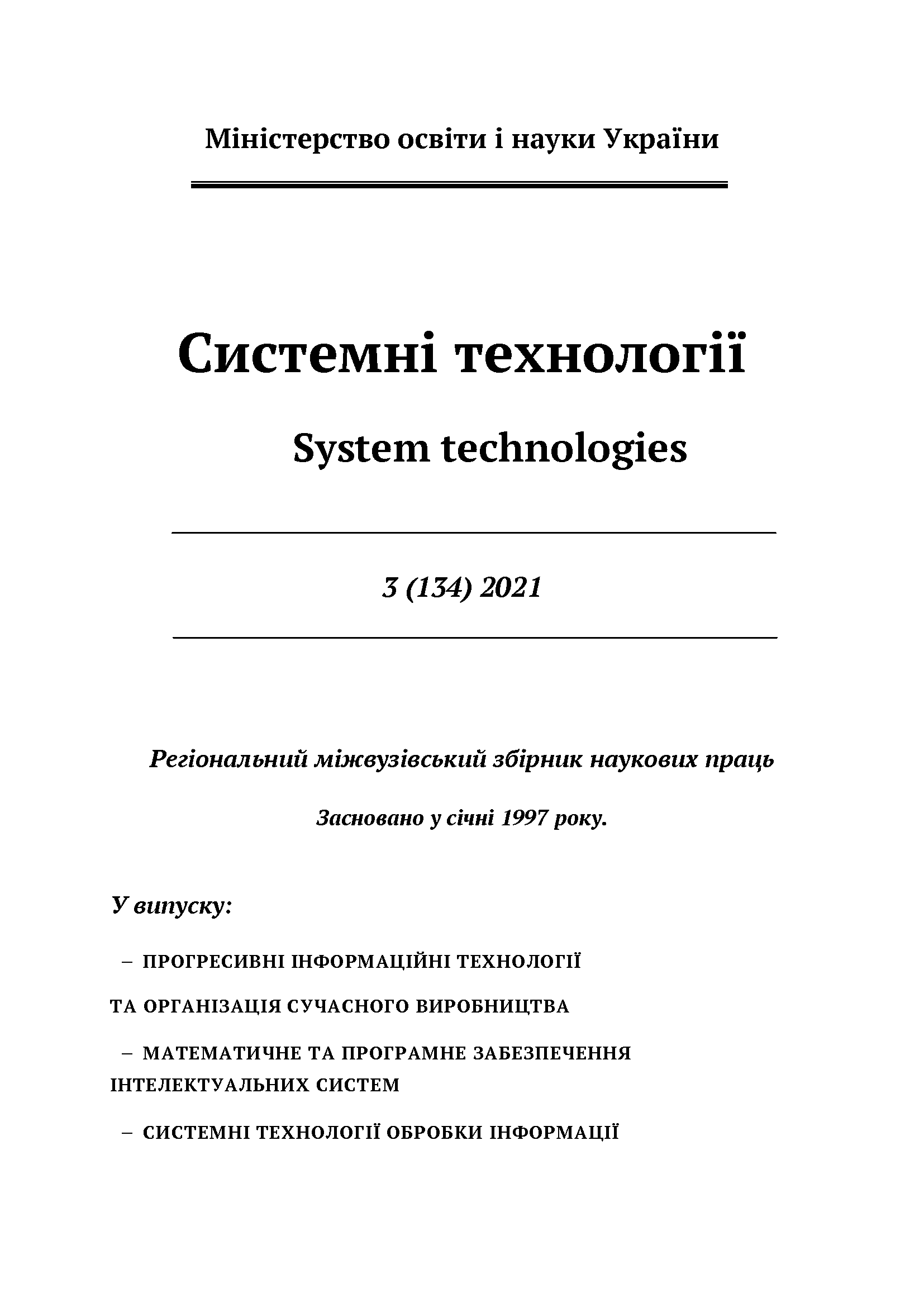СТЕРЕОМЕТРІЯ СТИСНУТИХ КОНОЇДІВ ТА ФІЗИЧНА АДЕКВАТНІСТЬ БАЗИСІВ ЕЛЕМЕНТА Q8
DOI:
https://doi.org/10.34185/1562-9945-3-134-2021-05Ключові слова:
базисні функції скінченного елемента Q8, коноїд поліноміальний, коноїд тригонометричний, еквівалентні вузлові навантаження, ефект стиснення напрямної коноїдаАнотація
У роботі розглядаються нові моделі базисів серендипових скінченних елементів (ССЕ) Q8. Стандартний елемент Q8 використовують у методі скінченних елементів (МСЕ) вже більше 50 років, незважаючи на фізичну неадекватність спектра еквівалентних вузлових навантажень. За останні роки бібліотека серендипових скінченних елементів суттєво поповнилася нестандартними (альтернативними) моделями. Були встановлені причини неадекватності спектра і запропоновані ”рецепти“ усунення цього недоліку стандартних серендипових моделей. Нові підходи до моделювання бази-сів за допомогою ієрархічних форм змушують відмовитись від коноїдів – лінійчатих поверхонь, які асоціюються із проміжними вузлами стандартних елементів. На думку авторів, ці поверхні Каталана (1843 р.) недостатньо вивчені і заслуговують на увагу сучасних дослідників. Тому дослідження тривають і сьогодні, відмовлятися від коної-дів не обов’язково. У роботі показано, як шляхом стиснення поверхні коноїда можна отримати математично обґрунтований і фізично адекватний спектр вузлових наван-тажень. Цікаво, що такі можливості закладені в тригонометричних функціях, попу-лярність яких у МСЕ неухильно
зростає.
Посилання
Homchenko A.N., Astionenko I.A. Gaussova krivizna serendipovyih poverhnostey ili kak prognut konoid. Vіsnik HNTU. 2016. 3 (58). 444-447.
Homchenko A.N., Litvinenko E.I., Astionenko I.A. Geometriya konoida i fizicheskaya neadekvatnost standartnyih serendipovyih elementov. Vіsnik Zaporіzkogo nats. un-tu: Zb. nauk. statey. Fіz.-mat. nauki . Zaporіzhzhya: ZNU, 2017. 1. 337-342.
Ergatoudis J., Irons B.M., Zienkiewicz O.C. Curved isoparametric quadrilateral ele-ments for finite element analysis, Int. J.Solid: Struct., 4, рр. 31-34. (1968).
Norrie D.H., de Vries G. An introduction to finite element analysis. Academic Press, N.Y. (1978).
Segerlind L.J. Applied finite element analysis. London: John Wiley (1975).
Zienkiewicz O.C. The finite element method in engineering science. McGraw-Hill, London, (1971).
Fadeev A.B. Metod konechnyih elementov v geomehanike, M.: Nedra, 1987, 221 s.
Homchenko A.N. Nekotoryie veroyatnostnyie aspektyi metoda konechnyih ele-mentov. Ivano-Frankovskiy in-t nefti i gaza.1982,9 s.–Dep.vVINITI18.03.82.1213.
Homchenko A.N., Litvinenko E.I., Astionenko I.A. Geometriya serendipovyih polinomov: obratnyie zadachi. Prikladna geometrіya ta іnzhenerna grafіka. Mіzhvіdomchiy naukovo-tehn. zbіrnik. Kiуiv: KNUBA, 2009. Vip. 82. 58-63.
Astionenko I.A., Litvinenko E.I., Homchenko A.N. O serendipovyih elementah s estestvennyim spektrom uzlovyih nagruzok. Geometrichne ta komp'yuterne modelyuvannya. Zbіrnik naukovih prats. Hark. derzh. unіversitet harchuvannya ta torgіvlі. Harkіv, 2007. Vipusk 17. S. 97-102.
Strang G., Fix G.J. An analysis of the finite element method: Englewood Cliffs, N.J. Prentice- Hall, Inc., (1973).
Oden J.T. Finite elements of nonlinear continua, McGraw Hill, N.Y. (1972).
Taylor P.L. On the completeness of shape functions for finite element analysis. J. Num. Meth. Eng., 4, № 1, рр. 17-22. (1972).
Litvinenko E.I. Matematicheskie modeli i algoritmyi kompyuternoy diagnostiki fizi-cheskih poley: dis. … kandidata tehn. nauk: 05.13.06. Herson, 1999. 172 s.
Завантаження
Опубліковано
Номер
Розділ
Ліцензія

Ця робота ліцензується відповідно до ліцензії Creative Commons Attribution 4.0 International License.















